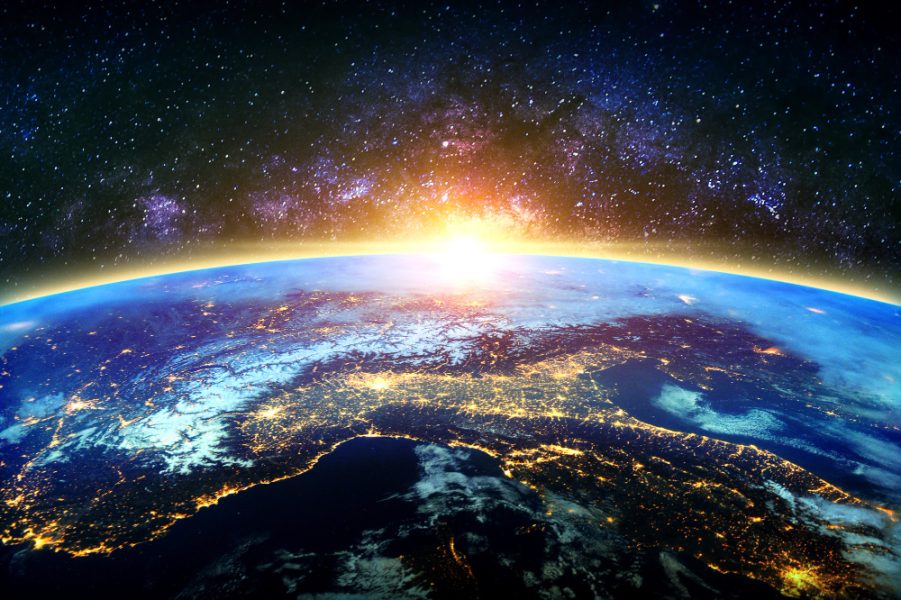
How will Earth meet its end? Study led by MIT scientist from Kolkata shows

What will the end of Earth be like? It is likely that the sun will billow out to a million times its current size and gobble up all the planets, including the Earth. For the first time, scientists, led by a postdoc fellow at MIT hailing from Kolkata, caught the process in real time, and the report was published in Nature journal on Wednesday (May 3).
The lead author of the report, Kishalay De, currently a NASA Einstein fellow at the Kavli Institute for Astrophysics and Space Research in the Massachusetts Institute of Technology (MIT), was born and brought up in Kolkata, The Telegraph (India) reported on Thursday. After completing his schooling in the city, he graduated in physics from the Indian Institute of Science, Bangalore, before leaving for the US for PhD.
De collaborated with six other scientists at MIT and others at Caltech, Harvard University, the Smithsonian Center for Astrophysics, and other institutions across the US to come up with the report that astrophysicists have described as “ground-breaking”. The team has described how a sun-like star, some 12,000 light-years away in our Milky Way galaxy, became more than 100 times brighter over only 10 days, in the process gobbling up a gas planet of the size of Jupiter or bigger.
Also read: Distant exo-planets could harbour life in ‘terminator zones’: Study
The end stage
“We were seeing the end-stage of the swallowing,” De told MIT News. The scientists believe the dying star pulled the planet into its atmosphere and, finally, its core. That will be the end of the Earth, too, though that fate is five billion years away, when the sun will likely burn out similarly, in the process devouring the solar system’s inner planets, including Earth. The scientists wrote in their study that the discovery “provides a missing link in our understanding of the evolution and final fates of planetary systems”.
De came across the eruption in May 2020, quite by chance. He was using the Zwicky Transient Facility, a camera on a telescope at the Palomar Observatory in California that scans the sky for stars rapidly changing in brightness. De was looking for merging stars, called red novae. In those observations, he stumbled across the curious burst of light.
“One night, I noticed a star that brightened by a factor of 100 over the course of a week, out of nowhere,” De told MIT News. “It was unlike any stellar outburst I had seen in my life.”
Also read: Can clouds of Moon dust combat climate change? It’s complicated
Infrared magic
However, it took De and his team another year to figure out what exactly had happened. The break came when they started analysing images of the same star taken with an infrared camera at Caltech’s Palomar Observatory. The infrared beams are ideal for spotting objects that do not emit much energy. It helped the researchers figure out that they were most likely watching, for the first time, a star devour a planet.
“My first reaction was disbelief,” The New York Times quoted De as saying. “We see the before and the after” of planetary engulfment, but “these observations give us the first glimpse into how that process plays out,” he added. According to NYT, Lorenzo Spina, an astrophysicist in Italy who studies planetary engulfment, described the discovery as “ground-breaking” because it is “a very important missing piece of the entire story.”
This research was reportedly supported in part by NASA, the US National Science Foundation, and the Heising-Simons Foundation.


